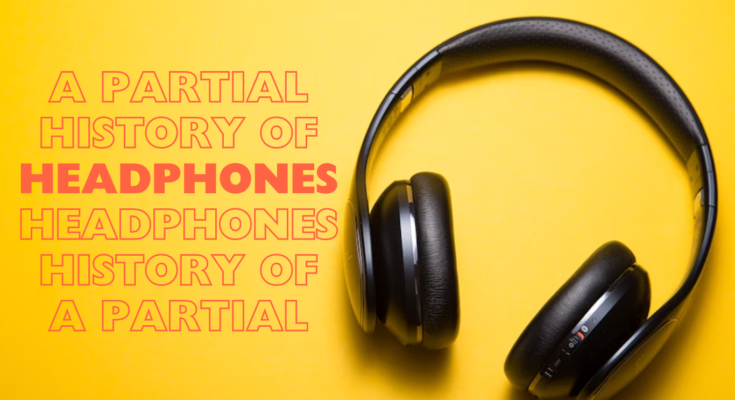In today’s bustling urban landscapes, the sight of individuals sporting sleek earbuds or colossal headphones has become ubiquitous. While the Sony Walkman of 1979 may have cemented the trend, the journey of headphones traces back to surprising origins.
/https://tf-cmsv2-smithsonianmag-media.s3.amazonaws.com/filer/83/86/83863bc6-4760-41a6-9c6c-2e90d3648852/koss-sp3.jpg)
Enter the late 19th century, where the pioneering efforts of British company Electrophone revolutionized auditory experiences. Their system, akin to a remote audio telescope, allowed subscribers to tune into live performances, foreshadowing modern stereo sound. Simultaneously, French engineer Ernest Mercadier patented in-ear headphones, a remarkable feat of miniaturization.
Fast forward to 1910, when Nathaniel Baldwin’s bold purple-inked letter to the Navy introduced a game-changing prototype. Despite initial skepticism, Baldwin’s kitchen-crafted headphones proved superior for Naval radio operators, leading to mass production.
The post-WWII era witnessed another leap forward, spearheaded by John Koss and his Koss Model 390 phonograph. Fueled by the desire to replicate binaural audio tape experiences, Koss birthed the iconic SP-3 headphones, unleashing stereo euphoria upon music lovers worldwide.
However, amidst this evolution, media theorist Friedrich Kittler offers a compelling twist. He suggests that the first taste of stereophonic bliss through headphones may have been experienced by German Luftwaffe members during WWII.
From military communications to personal audio indulgence, headphones have transcended their humble beginnings to become indispensable companions in our auditory adventures. As we navigate modern soundscapes, let’s pay homage to the innovators who paved the way for our sonic journeys.
“Radio beams emitted from the coast facing Britain…formed the sides of an ethereal trailing the apex of which was located precisely above the targeted city. The right transmitter beamed a continuous series of Morse dashes into the pilot’s right headphone, while the left transmitter beamed an equally continuous seres of Morse dots–always exactly in between the dashes–into the left headphone. As a result, any deviation from the assigned course results in the most beautiful ping-pong stereophony.”
When the pilots reached their target, the two radio signals merged into one continuous note. As Kittler writers, “Historically, had become the first consumer of a headphone stereophony that today controls us all.”
The above mentioned designs are only a few of the more prominent developments in the history of personal audio. It’s likely that there are even earlier inventions and it’s certain that there are many, many other individuals who should be thanked for their contributions to the development of the modern headphones that let us shut out the roar of plane engines with music, listen to play-by-play analysis while watching a baseball game in person, and strut down the street to our own personal soundtracks.
Captain Linwood S. Howeth, USN, “The Early Radio Industry and the United States Navy,” History of Communications-Electronics in the United States Navy (1963): 133-152; Peter John Povey and Reg A. J. Earl, Vintage Telephones of the World (London: Peter Peregrinus Ltd., 1988); Friedrich Kittler, Gramophone, Film, Typewriter, trans. by Geoffrey Winthop-Young and Michael Wutz (Stanford, CA: Stanford University Press, 1999); Virginia Hefferman, “Against Headphones,” The New York Times (January 7, 2011); Mark Schubin “Headphones, History, & Hysteria” (2011), http://www.schubincafe.com/2011/02/11/headphones-history-hysteria/; “Koss History,” http://www.koss.com/en/about/history;



